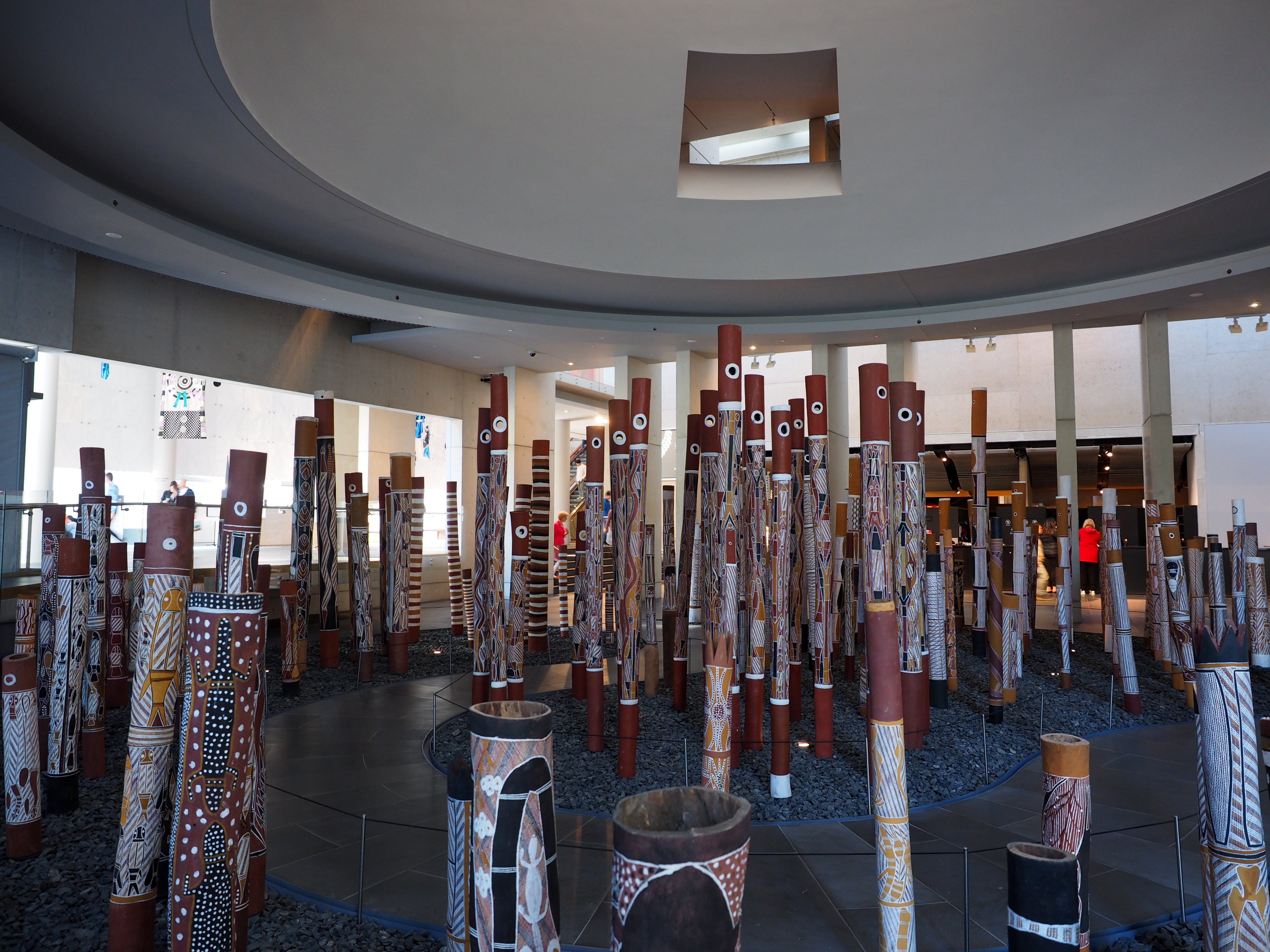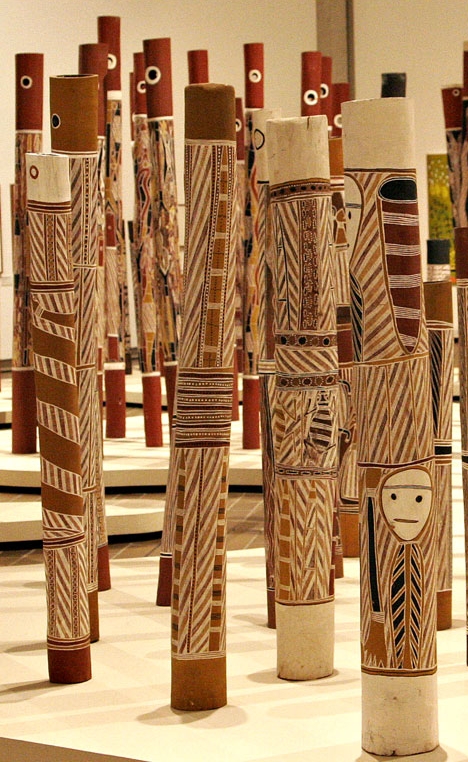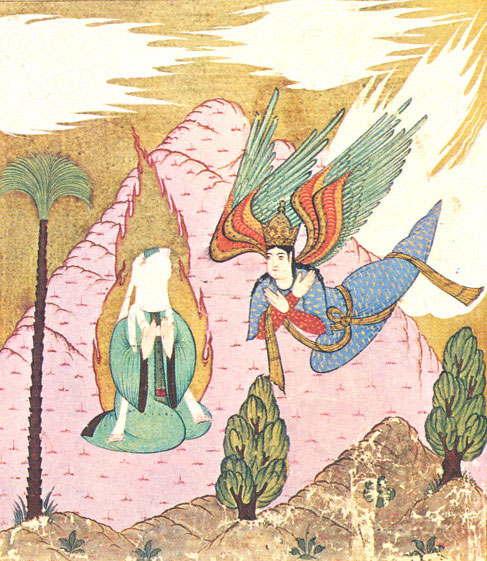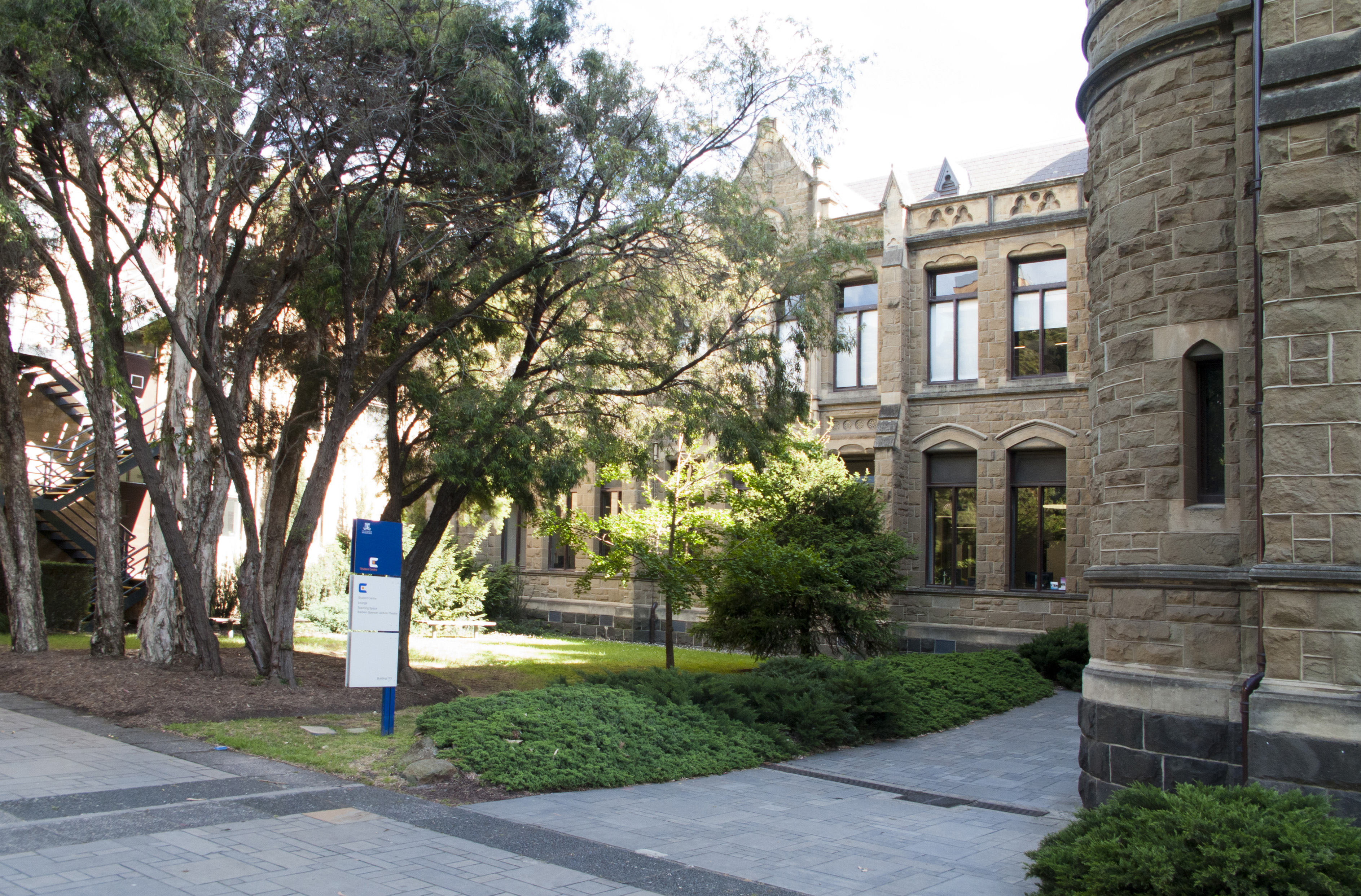|
Gabriel Maralngurra
Gabriel Maralngurra, also known by his clan name Nawakadj Ngalangbali, (1968-2025) was a leading Kunwinjku speaking artist, author, and researcher in West Arnhem Land, Australia. As an Aboriginal artist, he was well-known and respected within his community for the wide range of responsibilities he took on, especially mentoring new generations of artists at the local art centre, Injalak Arts. His artwork is displayed in various collections including the Australian Museum, Museum Victoria, and the Kluge-Ruhe Aboriginal Art Collection of the University of Virginia. Maralngurra’s paintings have been cited in global archaeological discourse as active interventions that assert Indigenous agency and reinterpret colonial histories through art. Early life Born 18 July 1968 and raised in Kunbarlanja, Maralngurra was the oldest of seven children, born to William and Dolly Maralngurra. Maralngurra belonged to the Yirridjdja moiety and the Ngalangbali clan. He was from the community of ... [...More Info...] [...Related Items...] OR: [Wikipedia] [Google] [Baidu] |
Gunbalanya
Gunbalanya (also spelt Kunbarlanja, and historically referred to as Oenpelli) is a town in west Arnhem Land in the Northern Territory of Australia, about east of Darwin. The main language spoken in the community is Kunwinjku (a dialect of Bininj Kunwok). At the 2021 Australian census, Gunbalanya had a population of 1,177, of largely Aboriginal Australian identity. Only accessible by air during the wet season, Gunbalanya is known for its Aboriginal art, in particular rock art and bark painting. It has a range of services, including a police station, school and community arts centre, Injalak Arts. It is the nearest town to the Awunbarna, also known as Mount Borradaile, an Aboriginal sacred site and the location of significant Indigenous Australian rock art. Etymology and history The area now known as Gunbalanya was originally called "Uwunbarlany" by Erre-speaking people, who were its original inhabitants. Oenpelli was the way Paddy Cahill (c. 1863–1923), the founder o ... [...More Info...] [...Related Items...] OR: [Wikipedia] [Google] [Baidu] |
Mimi (folklore)
Mimis (or Mimih spirits) are fairy-like beings of Arnhem Land in the folklore of the Aboriginal Australians of northern Australia. They are described as having extremely thin and elongated bodies, so thin as to be in danger of breaking in case of a high wind. To avoid this, they usually spend most of their time living in rock crevices. According to Aboriginal Australians, Aboriginal folklore, Mimi had human form and made the first rock paintings before the Aboriginal people first came to northern Australia. The Mimi taught the Aboriginal people how to paint, and how to hunt and cook kangaroo meat. The Mimis are considered to be mischievous but generally harmless. See also * Fairy * Nymph References Australian Aboriginal legendary creatures Earth spirits {{australia-myth-stub ... [...More Info...] [...Related Items...] OR: [Wikipedia] [Google] [Baidu] |
Aboriginal Memorial
The ''Aboriginal Memorial'' is a work of contemporary Indigenous Australian art from the late 1980s, and comprises 200 decorated hollow log coffins (also known as memorial poles, dupun, ḻarrakitj and other terms). It was conceived by Djon Mundine, Djon (John) Mundine in 1987–88 and realised by 43 artists from Ramingining, Northern Territory, Ramingining and neighbouring communities of Central Arnhem Land, in the Northern Territory. Artists who participated in its creation included David Malangi and George Milpurrurru. The work was created to coincide with the Australian Bicentenary and commemorates those Indigenous Australians who died as a result of European settlement. It was acquired by the National Gallery of Australia, where it is on permanent display. Its first exhibition was at the Sydney Biennale in 1988, and it was the centrepiece of an exhibition of Indigenous art at Russia's Hermitage Museum in 2000. Creation In 1988, Australia marked 200 years since its first o ... [...More Info...] [...Related Items...] OR: [Wikipedia] [Google] [Baidu] |
Memorial Pole
A memorial pole, also known as hollow log coffin, burial pole, lorrkkon, ḻarrakitj, or ḏupun, is a hollow tree trunk decorated with elaborate designs, made by the Yolngu people, Yolngu and Bininj peoples of Arnhem Land in the Northern Territory of Australia. Originally used to hold the bones of deceased people or for burial ceremony, burial ceremonies, they are now made as works of art. The permanent exhibit at the National Gallery of Australia, ''Aboriginal Memorial'', consists of 200 hollow log coffins, created by 43 artists. Terminology The poles are variously known as lorrkkon (in West Arnhem Land, Bininj Kunwok), ḻarrakitj (in the east), or ḏupun by the Yolngu people. The names derive from the name of the burial ceremony, also variously called djalumbu, badurru, mudukundja, mululu and larajeje. English names include hollow log coffins, burial pole, and memorial pole. Description and uses Hollow log coffins vary in size: those made for a burial ceremony are lar ... [...More Info...] [...Related Items...] OR: [Wikipedia] [Google] [Baidu] |
Gabriel Maralngurra Being Interviewed By Sandy Hausman For WVTF Radio IQ
In the Abrahamic religions (Judaism, Christianity, Islam), Gabriel ( ) is an archangel with the power to announce God's will to mankind, as the messenger of God. He is mentioned in the Hebrew Bible, the New Testament and the Quran. Many Christian traditions – including Eastern Orthodoxy, Catholicism, Lutheranism, and Anglicanism – revere Gabriel as a saint. In the Hebrew Bible, Gabriel appears to the prophet Daniel to explain his visions (Daniel 8:15–26, 9:21–27). The archangel also appears in the Book of Enoch and other ancient Jewish writings not preserved in Hebrew. Alongside the archangel Michael, Gabriel is described as the guardian angel of the people of Israel, defending it against the angels of the other peoples. In the New Testament, the Gospel of Luke relates the Annunciation, in which the angel Gabriel appears to Zechariah foretelling the birth of John the Baptist with the angel Gabriel foretelling the Virgin Mary the birth of Jesus Christ, resp ... [...More Info...] [...Related Items...] OR: [Wikipedia] [Google] [Baidu] |
Joe Guymala
Joe Guymala (born 1969) is an Aboriginal Australian artist and musician of the Burdoh clan of the Kunwinjku people, known for his paintings on bark, paper and memorial poles known as '' lorrkkon''. Early life, music, and other activities Joe Guymala was born in 1969 at Manmoyi outstation, about east of Gunbalanya, Northern Territory. Guymala is a skilled musician and toured across Australia with both the Mimih and Nabarlek bands before turning to painting. Guymala wrote many songs about traditional stories and country in his time as a musician. Guymala also worked as a member of the Warddeken Rangers where he controlled feral animals, protected rock art sites, and managed controlled burns of country. Career Guymala began painting in 2010, influenced by his grandfather Namerredje Guymala who painted on barks and rock shelters. Guymala's early works are characteristic of traditional Kunwinjku style and feature a mixture of rarrk (cross-hatching) and rock-art style to por ... [...More Info...] [...Related Items...] OR: [Wikipedia] [Google] [Baidu] |
Melbourne
Melbourne ( , ; Boonwurrung language, Boonwurrung/ or ) is the List of Australian capital cities, capital and List of cities in Australia by population, most populous city of the States and territories of Australia, Australian state of Victoria (state), Victoria, and the second most-populous city in Australia, after Sydney. The city's name generally refers to a metropolitan area also known as Greater Melbourne, comprising an urban agglomeration of Local Government Areas of Victoria#Municipalities of Greater Melbourne, 31 local government areas. The name is also used to specifically refer to the local government area named City of Melbourne, whose area is centred on the Melbourne central business district and some immediate surrounds. The metropolis occupies much of the northern and eastern coastlines of Port Phillip Bay and spreads into the Mornington Peninsula, part of West Gippsland, as well as the hinterlands towards the Yarra Valley, the Dandenong Ranges, and the Macedon R ... [...More Info...] [...Related Items...] OR: [Wikipedia] [Google] [Baidu] |
South Australian Museum
The South Australian Museum is a natural history museum and research institution in Adelaide, South Australia, founded in 1856 and owned by the Government of South Australia. It occupies a complex of buildings on North Terrace in the cultural precinct of the Adelaide Parklands. Plans are under way to move much of its Australian Aboriginal cultural collection (the largest in the world), into a new National Gallery for Aboriginal Art and Cultures. History 19th century There had been earlier attempts at setting up mechanics' institutes in the colony, but they struggled to find buildings which could hold their library collections and provide spaces for lectures and entertainments. In 1856, the colonial government promised support for all institutes, in the form of provision the first government-funded purpose-built cultural institution building. The South Australian Institute, incorporating a public library and a museum, was established in 1861 in the rented premises of the ... [...More Info...] [...Related Items...] OR: [Wikipedia] [Google] [Baidu] |
Walter Baldwin Spencer
Sir Walter Baldwin Spencer (23 June 1860 – 14 July 1929), commonly referred to as Sir Baldwin Spencer, was a British-Australian Evolutionary biology, evolutionary biologist, anthropology, anthropologist and Ethnology, ethnologist. He is known for his fieldwork with Indigenous Australians, Aboriginal peoples in Central Australia, contributions to the study of ethnography, and academic collaborations with Frank Gillen. Spencer introduced the study of zoology at the University of Melbourne and held the title of Emeritus, Emeritus Professor until his death in 1929. He was elected a Fellow of the Royal Society in 1900 and knighted in 1916. Early life and education Spencer was born on 23 June 1860 in Stretford, Lancashire, England to Martha (née Circuit) and Rueben Spencer. He was educated at Old Trafford school and Manchester School of Art, where he received training in drawing. In 1879, Spencer began study at Owens College, Owens College (University of Manchester), where he ... [...More Info...] [...Related Items...] OR: [Wikipedia] [Google] [Baidu] |
Yirritja
The Yolngu or Yolŋu ( or ) are an aggregation of Aboriginal Australian people inhabiting north-eastern Arnhem Land in the Northern Territory of Australia. ''Yolngu'' means "person" in the Yolŋu languages. The terms Murngin, Wulamba, Yalnumata, Murrgin and Yulangor were formerly used by some anthropologists for the Yolngu. All Yolngu clans are affiliated with either the Dhuwa (also spelt Dua) or the Yirritja moiety. Prominent Dhuwa clans include the Rirratjiŋu and Gälpu clans of the Dangu people, while the Gumatj clan is the most prominent in the Yirritja moiety. Name The ethnonym Murrgin gained currency after its extensive use in a book by the American anthropologist W. Lloyd Warner, whose study of the Yolngu, ''A Black Civilization: a Social Study of an Australian Tribe'' (1937) quickly assumed the status of an ethnographical classic, considered by R. Lauriston Sharp the "first adequately rounded out descriptive picture of an Australian Aboriginal community." Norman Tin ... [...More Info...] [...Related Items...] OR: [Wikipedia] [Google] [Baidu] |
Echidna
Echidnas (), sometimes known as spiny anteaters, are quill-covered monotremes (egg-laying mammals) belonging to the Family (biology), family Tachyglossidae , living in Australia and New Guinea. The four Extant taxon, extant species of echidnas and the platypus are the only living mammals that lay eggs and the only surviving members of the order (biology), order Monotremata. The diet of some species consists of ants and termites, but they are not closely related to the American anteater, true anteaters or to Hedgehog, hedgehogs. Their young are called puggles. Echidnas evolved between 20 and 50 million years ago, descending from a platypus-like monotreme. This ancestor was aquatic, but echidnas adapted to life on land, where a single individual can move seven tons of soil each year, making them important for the environment. Etymology Echidnas are possibly named after Echidna (mythology), Echidna, a creature from Greek mythology who was half-woman, half-snake, as the anima ... [...More Info...] [...Related Items...] OR: [Wikipedia] [Google] [Baidu] |








